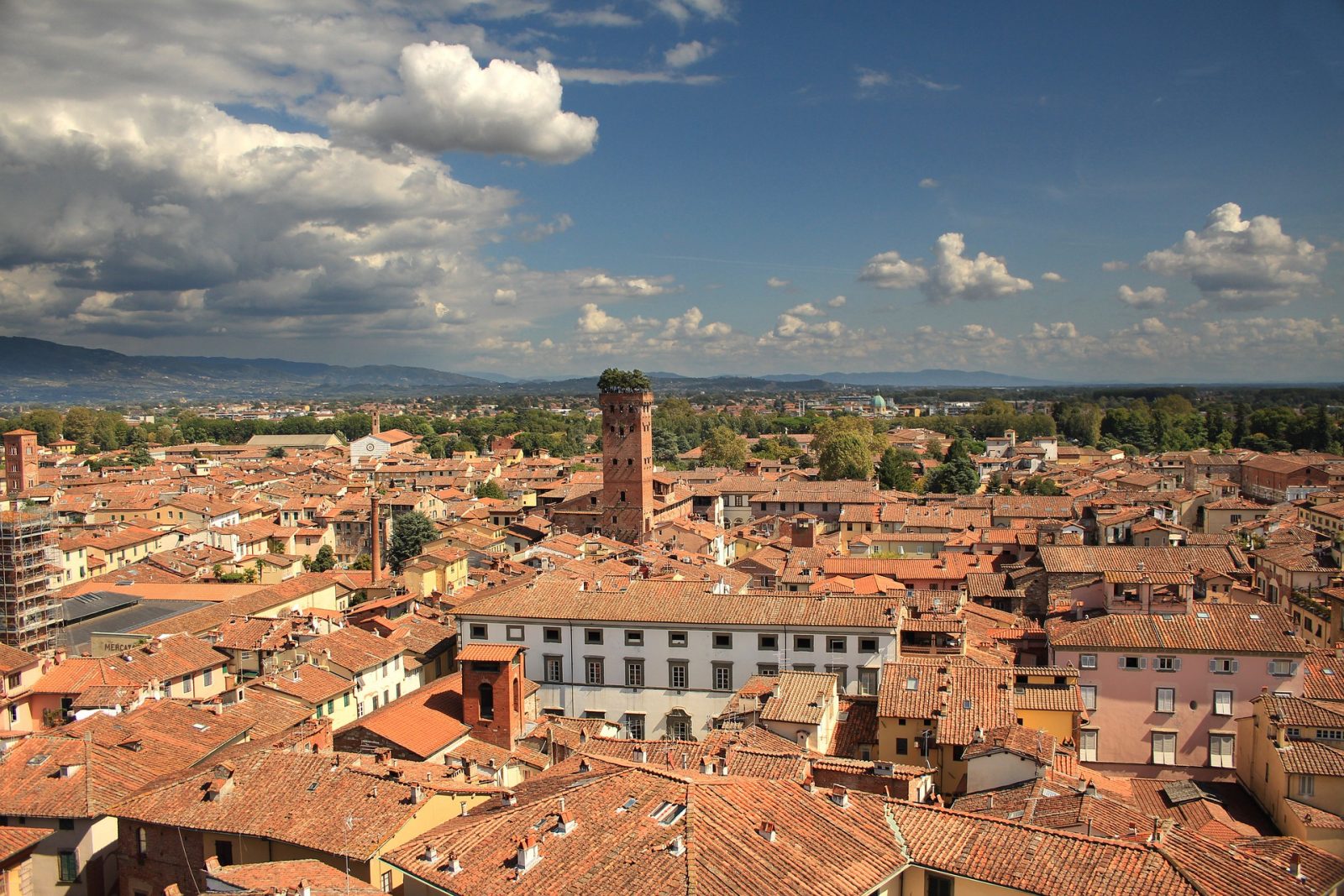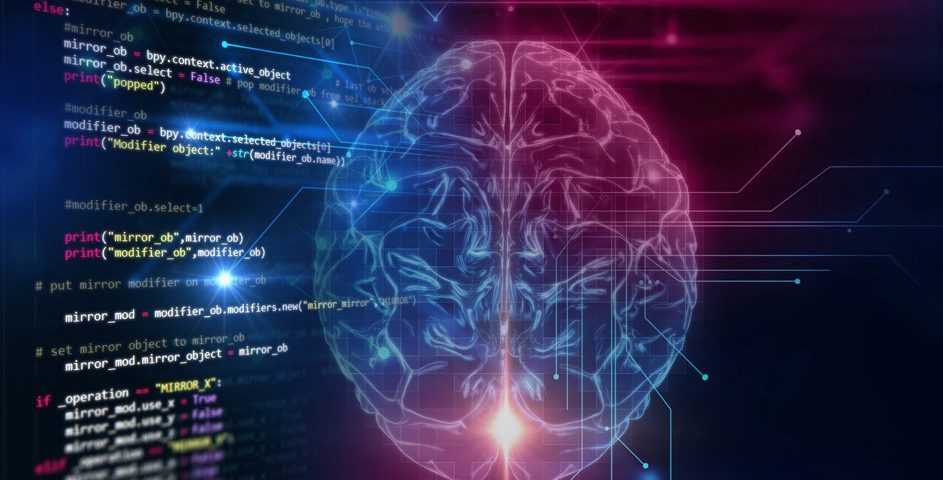
Is being small a strength?
14 Aprile 2020
Il futuro post-pandemia? Un Lucca City Lab sul modello di Torino
27 Aprile 2020A convergence between neuroscience and artificial intelligence?

The economic and social context is living a period of great transformation. There are new geopolitical and geoeconomic challenges, the reduction of products’ life cycles and the development of an increasingly sophisticated and fragmented demand. Shared and distributed knowledge are becoming key elements, with the availability of adequate information for understanding and governing social and individual behavior. Today, decision-making depends on accurate data and predictions on both human behaviors and the environment.
In the last decades, new methodologies for investigating brain functions made it possible to study the biological basis of complex cognitive activities. Any gesture, thought, perception or emotion activates a different part of our brain. We are increasing our understanding of the neurobiological basis of cognitive functions such as perception, memory and attention, including more elusive characteristics as motivation, determination, social interaction, aggressive behavior and so on.
The analysis of human decision-making process aims to understand how we develop multiple alternatives and choose one path. While in the decision-making process an individual chooses one of the many alternative ways to reach certain goals, it is still not possible to clearly understand how the brain follows its own paths. Also, decision-making is characterized by uncertainty, both due to the limited know-how of the individual and to environmental uncertainty.
While neuroscience lets us investigate how humans represent and organize their own idea of the world, IT technologies are changing the role of human resources within organizations. Today, thanks to the increasing amount of available data, predictive analytics allow human beings to base their decisions on highly precise simulations.
The more we are able to exploit real-time data from our socio-economic reality, the more we will create simulations that will precisely predict future scenarios.
Combining predictive analytics with neuroscience and artificial intelligence may allow us to create a new research path, which could be defined as “Artificial Neuroscience”, to understand and predict how individuals decide and behave. This could support both policy makers in crafting ad-hoc policies and firms to be competitive in our fast-changing globalized world.
Download: Nicola Lattanzi, Verso la convergenza tra neuroscienze e intelligenza artificiale (2020)



